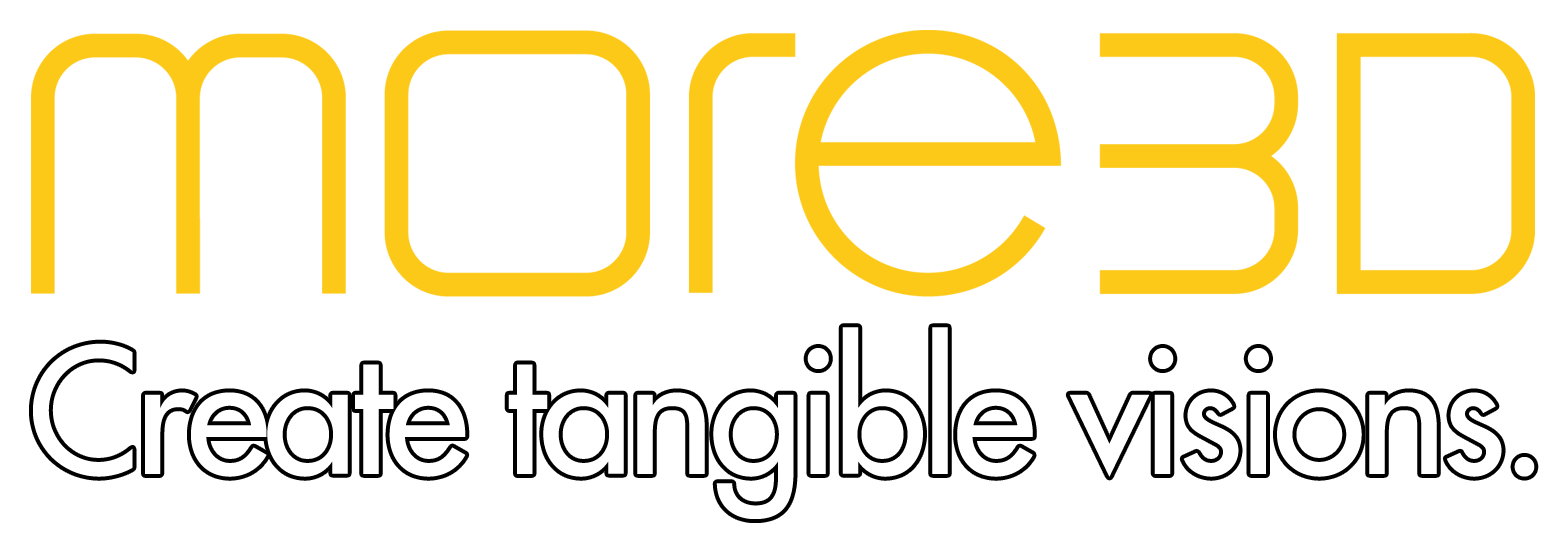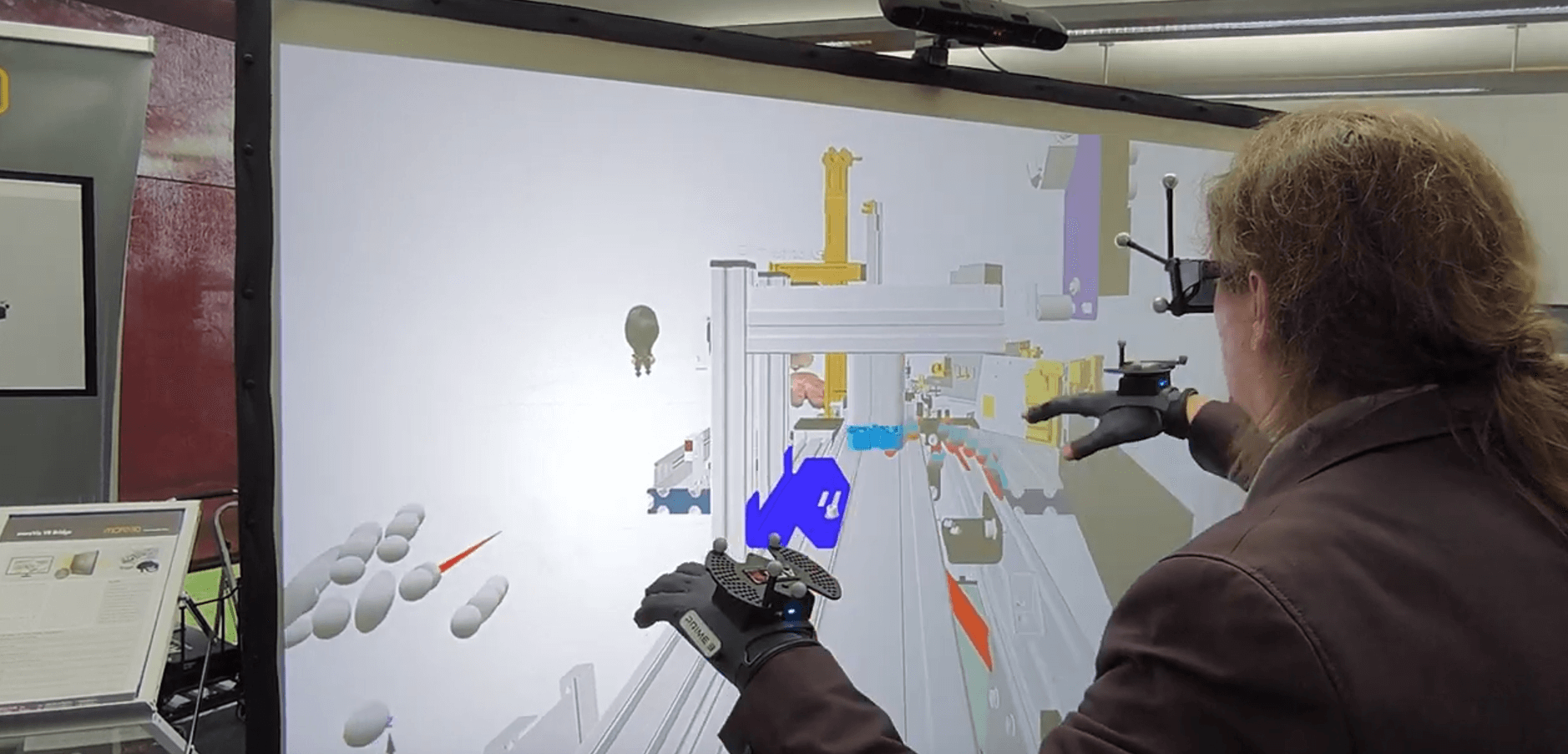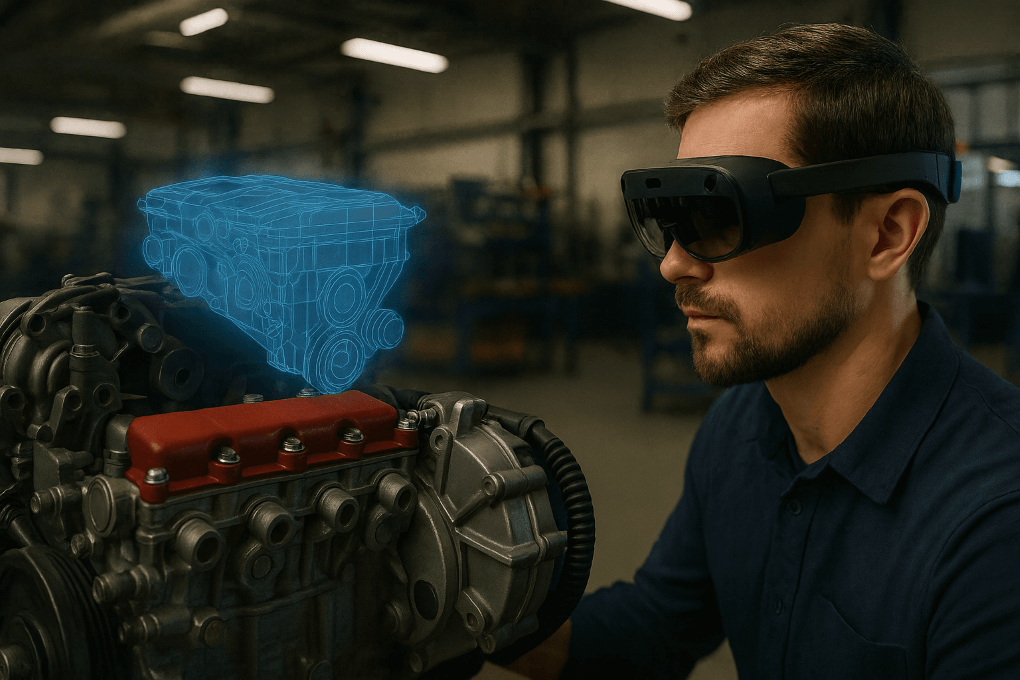When we think about Virtual Reality, visuals and sound usually come first. But what about our hands—the most natural tool we have for interacting with the world?
We spoke with MANUS™, pioneers in hand- and finger-tracking technology. What started with VR gloves for gaming in 2014 has grown into solutions that now power robotics,engineering and aerospace.
Since 2024 moreVizis compatible with MANUS gloves, enabling users to step directly into CAD models or simulations and press buttons, test ergonomics, or handle digital prototypes.
The VR landscape is huge. What makes MANUS unique?
MANUS: We believe VR becomes truly immersive when people can use their hands and fingers as naturally as in real life. With our gloves, you’re not just looking around—you’re pressing buttons, pulling levers, or even training robots with real precision. First-time users are usually amazed at how accurate the gloves are and how quickly they feel comfortable.
Can you explain the technology behind the gloves?
MANUS: At the heart of our gloves is an EMF (electromagnetic field) tracking system. Each glove contains tiny sensors that measure hand and finger movement down to millimeter level accuracy. Unlike optical tracking, our EMF technology is immune to drift or occlusion.
On top of that, the gloves track the hand with 25 degrees of freedom, capturing a full anatomical hand model. This delivers a complete and true-to-life digital representation of the human hand, down to every joint and micro-movement.
In short, the gloves transform complex human hand motion into clean, machine-readable data, whether it’s for VR, film production, or teaching a robot to use its hands.
Where are you seeing the biggest impact today?
MANUS: Right now, the biggest impact is in robotics and embodied AI. Our gloves are being used to teach robots how to use their hands by transferring human motion directly into machine skill. This is a game-changer for humanoid robots and teleoperation. We’re also seeing strong adoption in industrieswhere ergonomics and workflow matter like aerospace or industrial engineering. For example, checking whether controls in a cockpit are easy and safe to reach before anything is built. Or training operators in a simulated environment.
The feedback is really positive. People often say they didn’t expect the gloves to feel so comfortable and allowing such accuracy.
MANUS has also been part of some unique projects. Could you share a few highlights?
MANUS: Yes. A few that stand out:
- A live Netflix performance, where a robotic hand was animated on stage in real time using our gloves:
- Engineers who built a working Doctor Octopus suit from Spider-Man, with robotic arms controlled entirely through the gloves:
These examples show the range—from entertainment to robotics—that hand-tracking can support.
How does the collaboration with more3D add value?
MANUS: more3D’s moreViz software makes it straightforward to bring CAD and simulation data directly into VR. No conversions, no extra steps. When you combine that with our gloves, you move from just looking at a prototype to interacting with it.
A good example is the VR CAVE at Berliner Hochschule für Technik (BHT), where students explore CAD models in immersive 3D, testing ergonomics, and really understand how designs behave in practice. That’s where hands meet data.
Looking ahead, what innovations are you working on?
MANUS: The idea is that when you touch something in VR, you’ll feel it physically—texture, vibration, even resistance. That’s the next step we are working on to bringing virtual and physical worlds together.
Future opportunities for VR will definitely depend on the development of graphics but also on how well people can feel the virtual world – and that is where the GLOVE plays a key role.
What advice would you give to universities or companies considering VR investments?
MANUS: Focus on accuracy and research-backed tools. VR shouldn’t just look good—it should deliver reliable results. Don’t shy away to go through the data and challenge the tools before making investments.
Closing Thoughts
From VR gaming roots to robotics leadership and pop-culture cameos, MANUS shows what’s possible when the human hand meets immersive technology. Together with more3D, they’re making VR not just a visualization tool, but a platform you can really use.
Want to know more?
Curious how hand-tracking could transform your own projects? Reach out to us at more3D to explore how MANUS gloves and moreViz can bring your designs and workflows to life in VR.



